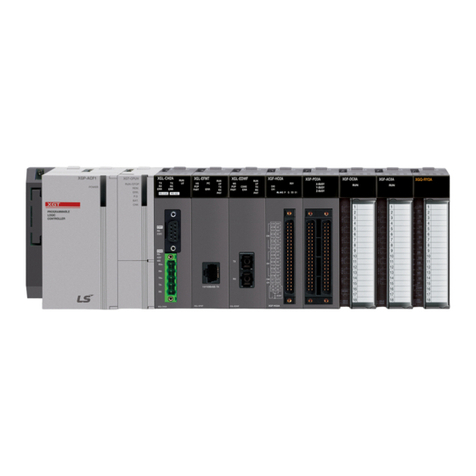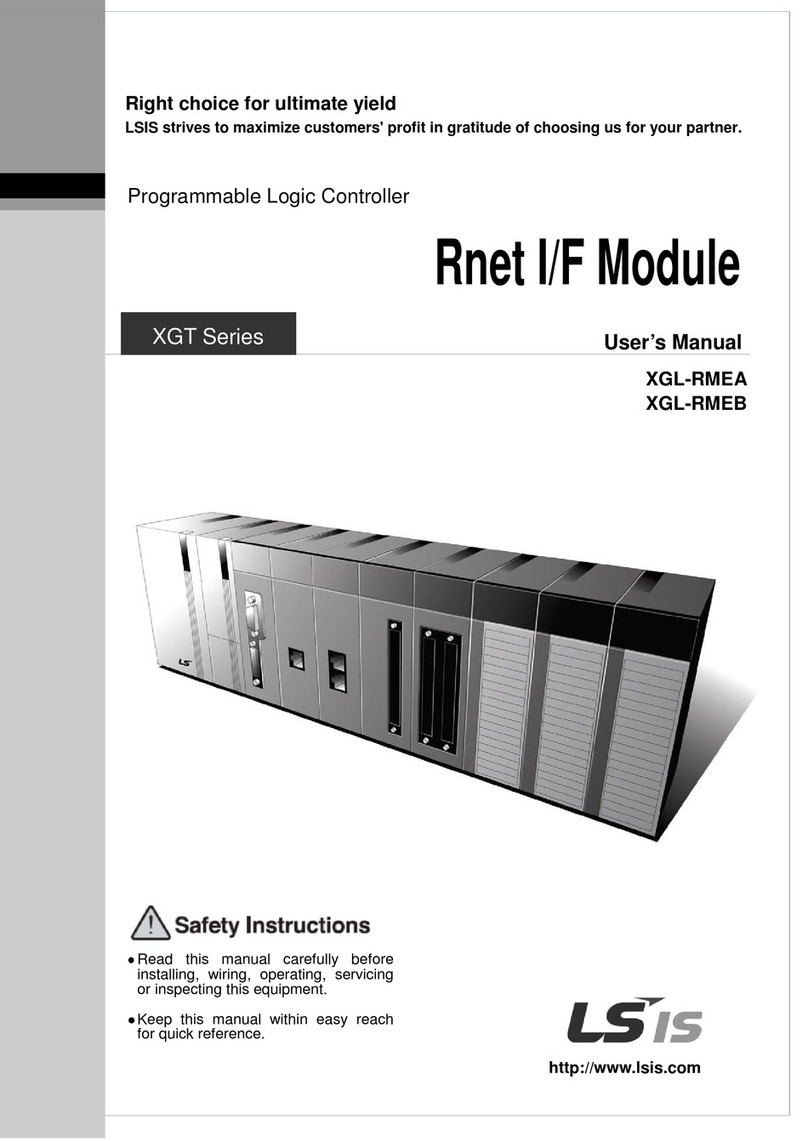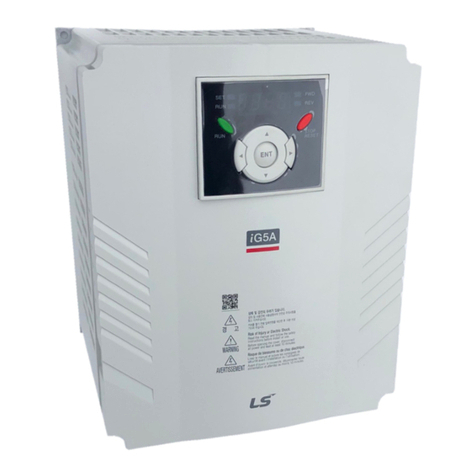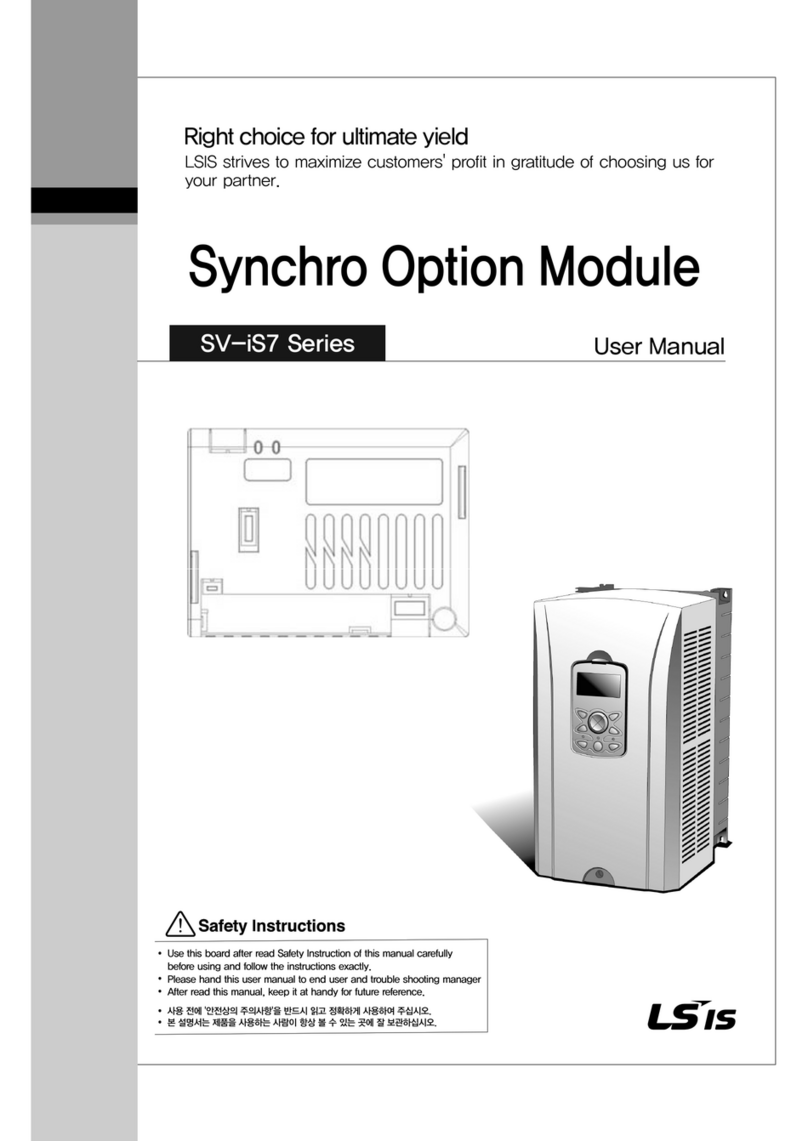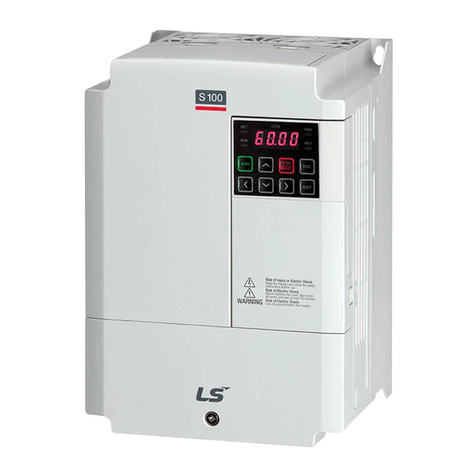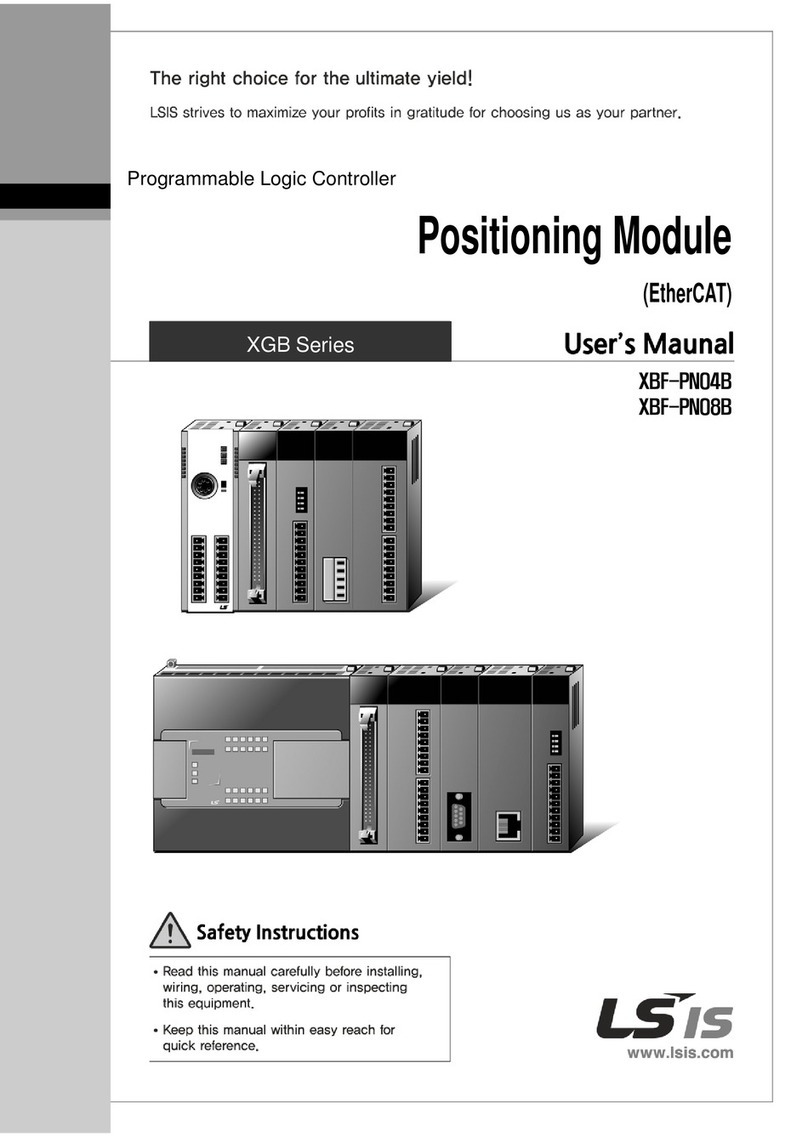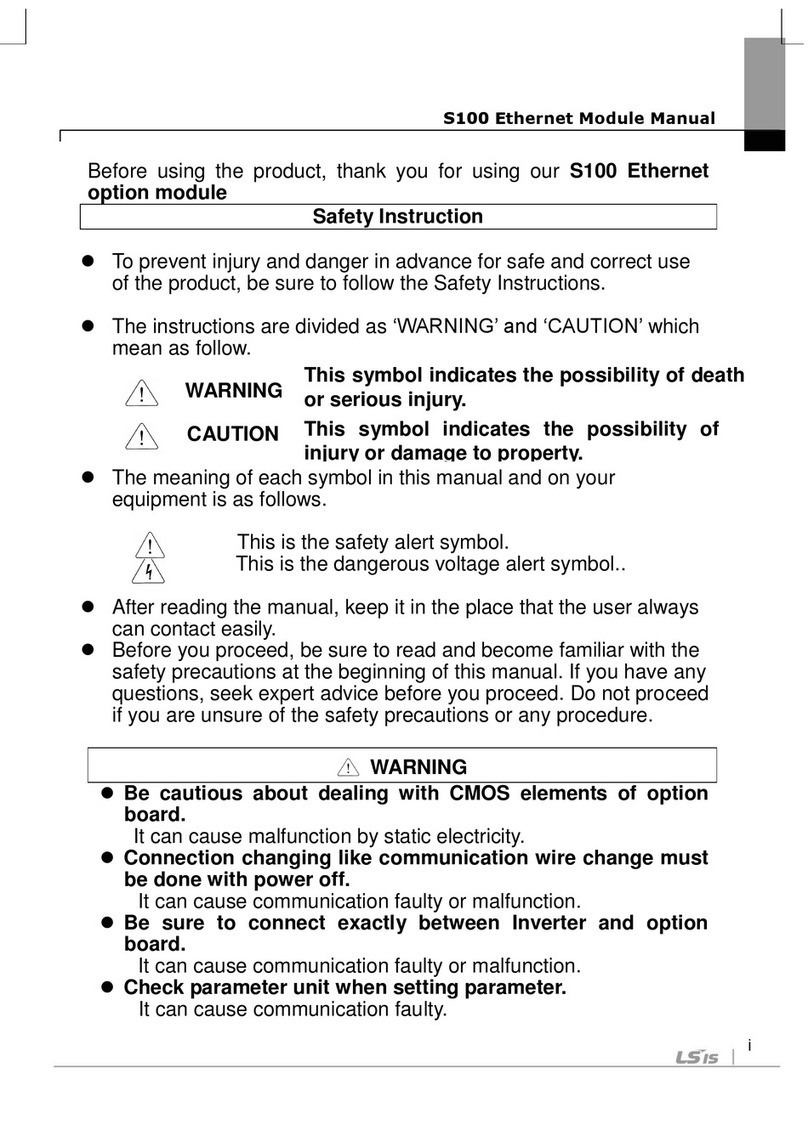
Contents
1.1Introduction-----------------------------------------------------------------------------------------------------------------------------------------------1-1
1.2Features---------------------------------------------------------------------------------------------------------------------------------------------------1-2
1.3ProductConfiguration --------------------------------------------------------------------------------------------------------------------------------1-3
1.3.1Type -------------------------------------------------------------------------------------------------------------------------------------------1-3
1.3.2NumberofmodulesavailablebyCPUtypes --------------------------------------------------------------------------------------1-3
1.4SoftwareforProduct ----------------------------------------------------------------------------------------------------------------------------------1-4
1.4.1CheckpointforSoftware ----------------------------------------------------------------------------------------------------------------1-4
1.4.2XG-PD ----------------------------------------------------------------------------------------------------------------------------------------1-4
1.4.3Versioninformation -----------------------------------------------------------------------------------------------------------------------1-5
Chapter 2 Product Specifications
2.1GeneralSpecifications--------------------------------------------------------------------------------------------------------------------------------2-1
2.2PerformanceSpecifications-------------------------------------------------------------------------------------------------------------------------2-3
2.2.1ExpectationofCommunicationLoad------------------------------------------------------------------------------------------------2-5
2.3StructureandCharacteristics-----------------------------------------------------------------------------------------------------------------------2-7
2.4CableSpecifications-----------------------------------------------------------------------------------------------------------------------------------2-9
2.4.1ExpectationofCommunicationLoad------------------------------------------------------------------------------------------------2-9
2.4.2Opticalcable-------------------------------------------------------------------------------------------------------------------------------2-11
Chapter 3 Installation and Test Operation
3.1InstallationEnvironment------------------------------------------------------------------------------------------------------------------------------3-1
3.2PrecautionforHandling------------------------------------------------------------------------------------------------------------------------------3-6
3.3 Sequence from installation to operation ---------------------------------------------------------------------------------------------------------3-7
3.3.1RAPIEnetI/FModuleforPLC-----------------------------------------------------------------------------------------------------------3-7
3.3.2RAPIEnetI/FmoduleforPC-------------------------------------------------------------------------------------------------------------3-8
3.4ParametersettingintheXG-PD-------------------------------------------------------------------------------------------------------------------3-9
3.4.1Parametersetting---------------------------------------------------------------------------------------------------------------------------3-9
3.5I/OAllocationandDeviceInformation---------------------------------------------------------------------------------------------------------- 3-10
3.5.1I/Oallocation-------------------------------------------------------------------------------------------------------------------------------- 3-10
3.6Installation---------------------------------------------------------------------------------------------------------------------------------------------- 3-15
3.6.1InstallationofXGL-EIMTandXOL-EIMT ------------------------------------------------------------------------------------------ 3-15
3.6.2InstallationofXGL-EIMFandXOL-EIMF ----------------------------------------------------------------------------------------- 3-17
3.6.3InstallationofXGL-EIMH -------------------------------------------------------------------------------------------------------------- 3-18
3.7TestOperation---------------------------------------------------------------------------------------------------------------------------------------- 3-19
3.7.1Precautionsforsystemconfiguration------------------------------------------------------------------------------------------------ 3-19
Chapter 4 System Configuration
4.1AvailableSystemConfiguration--------------------------------------------------------------------------------------------------------------------4-1
4.1.1Ringtypesystemwithelectricmodule------------------------------------------------------------------------------------------------4-1
4.1.2Ringtypesystemwithopticalmodule------------------------------------------------------------------------------------------------4-3
4.1.3Ringtypesystemwithcombinedmodule--------------------------------------------------------------------------------------------4-4
4.1.4Linetypesystemwithopticalmodule-------------------------------------------------------------------------------------------------4-5
